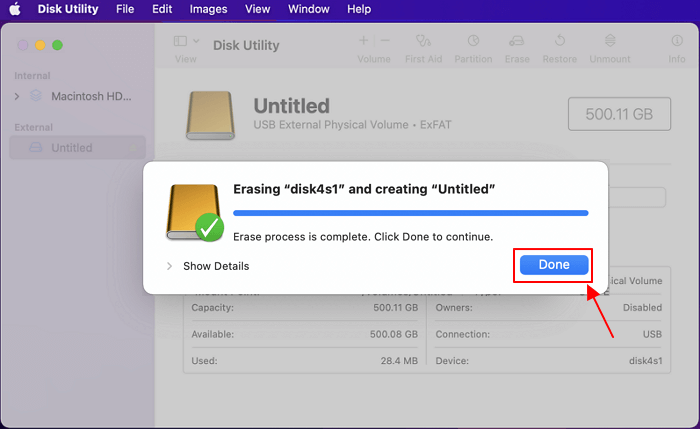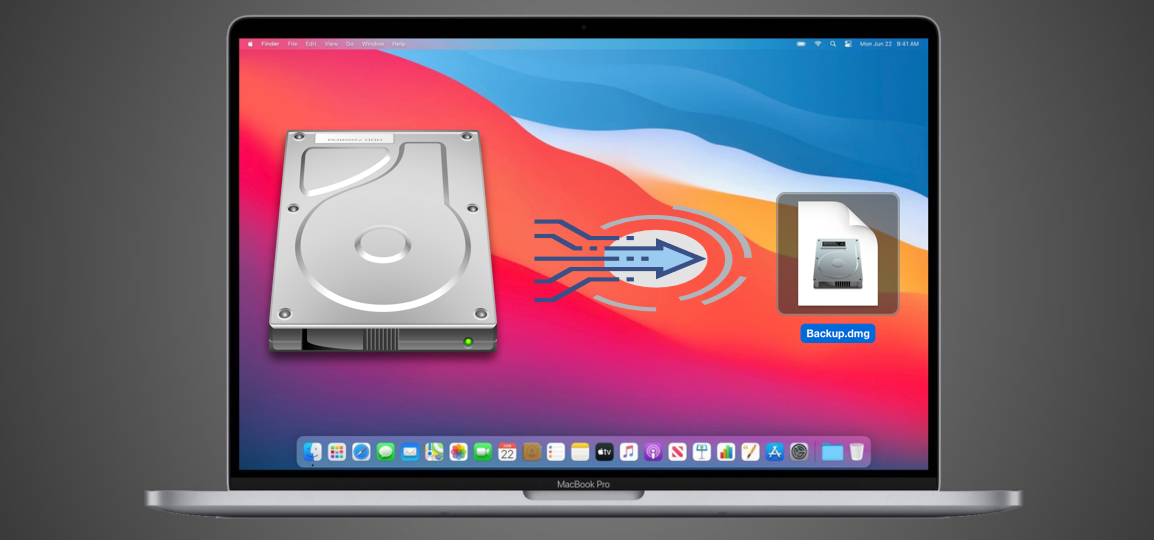

RAID storage is best depends greatly on your use case, but neither option is perfect. Is RAID Better Than NAS? Or Is NAS Better Than RAID? Other RAID types not widely used include RAID 2, RAID 3, RAID 4, RAID 7, and RAID 100.

RAID 60 combines RAID 6 (double parity) and RAID 0 (striping) across at least eight disks. RAID 50 uses a combination of RAID 5 (parity) and RAID 0 (striping) across a minimum of six drives for better write performance and more efficient data rebuilds than RAID 5, allowing it to overcome up to four drive failures. Can be more expensive than RAID 5 or RAID 6 due to mirroring consuming around half the array’s storage capacity.


RAID 5: Uses striping and parity across at least three disks to split data between two of the disks, while the third maintains parity data, allowing the array to be rebuilt if a drive fails.RAID 1 arrays provide redundancy and failover but have a read/write speed equivalent to a single drive, while the mirroring in RAID 1 setups means the device’s storage capacity is essentially cut in half. RAID 1: Uses mirroring across at least two disks.RAID 0 provides high performance but zero redundancy or fault tolerance, so if one drive fails, the array is toast. RAID 0: Uses striping by splitting data into blocks written across all disks in the array (a minimum of two disks).Here’s a breakdown of the various RAID levels, from RAID 0 to RAID 60: The potential speed, organizational capabilities, and ease of use of NAS devices make them well suited for storing unstructured data such as video, image, or audio files. User friendly and relatively easy to operate NAS devices feature a streamlined operating system and pre-installed scripts.Can be configured to back-up data to other devices automatically.Multiple users can access storage at the same time (unlike direct-attached storage, or DAS, which can only handle one user at a time).Users can employ multiple file-based protocols (such as NFS or SMB, as mentioned earlier) for access.It’s relatively inexpensive compared to many other storage types.The biggest advantage of NAS enclosures is their networked capabilities for continually accessible data.īut a close second is that a NAS can be deployed in a RAID configuration, providing the best of both worlds: The redundancy of RAID with the networking capabilities of a NAS.


 0 kommentar(er)
0 kommentar(er)
